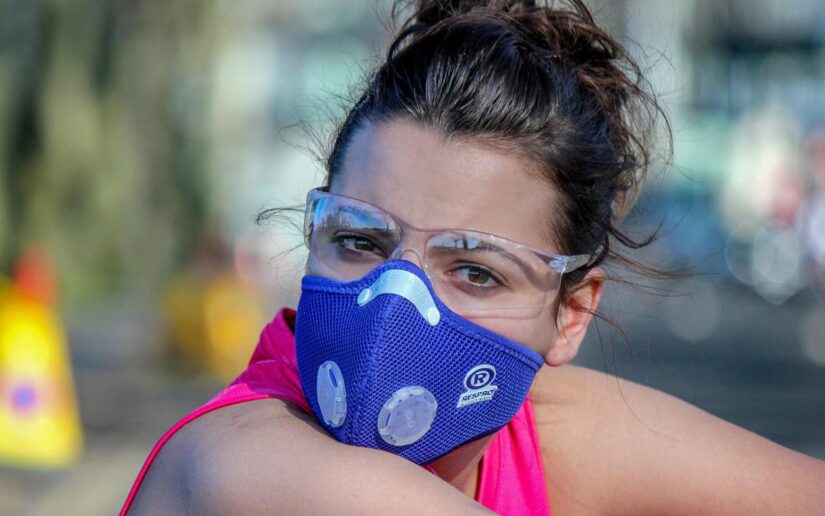First aid for allergies, Quincke’s edema and anaphylactic shock
Allergies are the body’s reaction to external stimuli, which can be manifested by itching, runny or stuffy nose, and reddening of the skin. Other symptoms of allergies include:
tightness in the chest;
shortness of breath and coughing;
Redness, lacrimation, and itchy eyes;
abdominal pain, diarrhea, nausea, and vomiting.
Quincke’s edema or anaphylactic shock can occur, depending on the body’s reaction to the allergy. Severe swelling of the face, lips, tongue, lower and upper extremities and genitals, dizziness and shortness of breath can occur. First aid for Quincke’s edema involves taking an antihistamine drug, cooling the affected area with a cold cloth or ice cube applied to the skin for several minutes.
Anaphylactic shock can lead to a rapid drop in blood pressure and breathing problems for several minutes after contact with the allergen. First aid for anaphylactic shock:
Help the person get into a horizontal position.
Loosen tight clothing and cover the person with a blanket.
If vomiting or nosebleeds occur, turn the person on their side to prevent suffocation.
After first aid for anaphylactic shock, an ambulance should be called. Until doctors arrive, the person’s condition should be monitored by checking breathing and pulse and, if necessary, cardiopulmonary resuscitation should be started.
